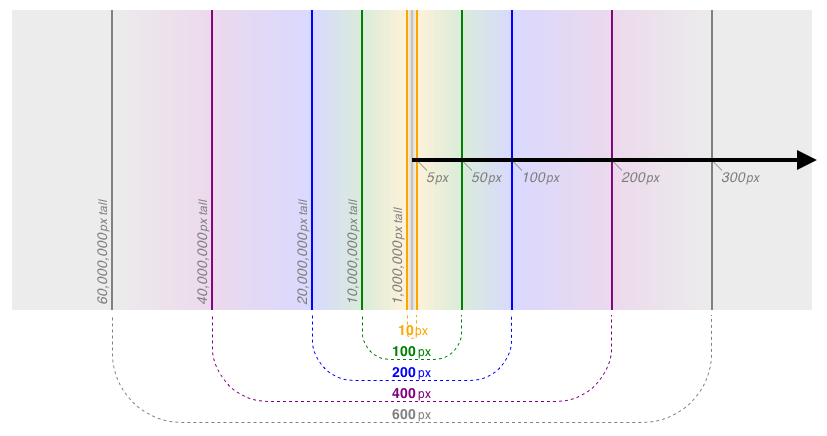The Widening Gulf
Published 10 years, 10 months pastSo many people who knew Rebecca told us how they had to hold back tears, watching the Super Bowl halftime show. “I wish Rebecca could have seen it,” they say. “When Katy Perry sang ‘Firework’, all I could think is how much Rebecca would have loved it.”
Rebecca loved Katy Perry songs, you see. She loved to sing and dance to “Firework”, so much so that her sister Carolyn made it part of the medley she arranged and performed at Rebecca’s funeral. And Rebecca loved to sing “Roar”, and pretty much anything from Katy Perry. Even “Brave”, which is actually sung by Sara Bareilles, but when your terminally ill daughter tells you a song is by Katy Perry, then it’s by Katy Perry.
But all I can think is, I wish I could be so sure.
Because yes, five-year-old-going-on-six Rebecca loved Katy Perry, and Frozen, and hula hoops, and so many more things. But by now she’d be six-and-two-thirds, and so much can change so fast at that age. By now, maybe she’d have moved on to Taylor Swift, and Katy Perry would be so last year. She might be done with Frozen, and instead be into Big Hero Six or The Emperor’s New Groove.
I know that she would be different by now, just as amazing as ever, but different. Some enthusiasms would have given way to others; her interests would have shifted. How, we don’t know. Can never know.
Every day, she becomes a little more distant from us, a little less known. A gulf slowly widens with the passing of time, and what she would be now becomes ever more uncertain. We become estranged from our own daughter, not by hurtful words or actions, but by the merciless passage of time, by the choices she never got to make, the changes she never experienced.
I knew that this would come, but for a time I could ignore it. A month or two after she died, I could still pretend that I knew how she would react, what she would think, how she would behave. Even though I never knew that with any certainty. She was never so predictable as that. Never so static.
Now it’s been too long.
And it hurts, knowing that I can never know the girl she would be now, never know the girl she would have become, never know the woman she would have been.
I miss her, sometimes more than I ever thought possible, so much that I can physically feel the absence. But sometimes I think what I miss more than the Rebecca I knew is the Rebecca I never got to know.

